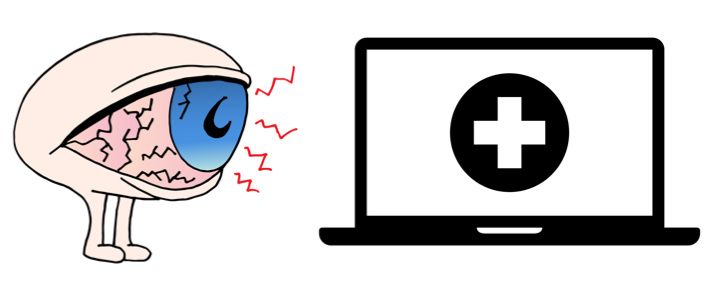Ophthalmologists See EHRs as Drain on Productivity, Finances
Still, only 36% reported wishing for a return to paper (although 11% answered that they were "unsure.")

Electronic health record (EHR) adoption has been swift ever since it was incentivized by the Health Information Technology for Economic and Clinical Health (HITECH) Act in 2009. Nearly 80% of primary care physicians now use (and, in many cases, become frustrated) with the systems.
While ophthalmologists have also seen a widespread increase in EHR use, the numbers aren’t quite as high: A new study published in JAMA Ophthalmology found that more than 72% of ophthalmologist respondents used them, up from 19% a decade ago. The frustration, however, is shared.
A team of researchers, led by Michele C. Lim, MD, of the University of California Davis, emailed surveys to thousands of ophthalmologists in 2015 and 2016. They received responses from 348, the majority (81%) of whom worked in physician-owned practices. Very few of the remaining respondents who worked in larger hospital, government, or academic systems reported not using an EHR, but well over a third (38%) of those in physician-owned practices did.
Only a quarter of respondents felt EHRs were better than paper records, while 44% found them to be worse. Still, only 36% reported wishing for a return to the old way, although 11% answered that they were “unsure.”
Lim and her colleagues had previously conducted similar studies in 2006 and 2011, giving them valuable tools for comparison. Perception of EHRs, according to the team’s findings, has been trending negative over time. In 2006, only 15% of ophthalmologists who used an EHR system thought it decreased productivity: In the newly-released 2016 findings, that number exceeded 50%.
For costs, the trend was even more dramatic. In 2006, only 13% claimed the EHRs were increasing their overall practice costs while nearly 30% thought that costs decreased as a result. A decade later, 75% of the ophthalmologists surveyed reported that their EHR system had increased their practice costs. Less than 5% in the most recent survey reported that the systems had saved them money.
Part of those cost perceptions might come from the use of medical scribes. Every method of data entry fell in popularity between 2011 and 2016, with the exception of scribes (36% to 48%) and the use of voice recognition technology (which was not an option on the 2011 survey, but captured 4.6% of responses in 2016). Ophthalmologists apparently share physicians’ overall distaste for data entry, which has led to thousands of new scribe jobs nationwide. The survey team indicated in a statement that their next project would explore the use of such scribes.
An accompanying editorial by 3 doctors from the University of Michigan’s Kellogg Eye Center noted that the cost issues could stem from the survey’s cohort. The survey was designed for better geographic representation, which may’ve led to the inclusion of more small practices that were less capable of buffering additional costs.
“The surveys reveal deepening dissatisfaction with utilizing EHR,” Lim said. She is hopeful that the companies behind EHR systems will work more closely with physicians to address their software’s usability issues. “In a perfect world, EHR systems would help providers deliver efficient patient care and include a positive, user-friendly interface.”
An Epic Systems EHR product led all systems used by survey respondents, but other leading EHR vendors like Cerner and Meditech were not represented in the top 10. Instead, ophthalmologists reported using many specialty-specific tools, like EyeMD EMR and EMA Ophthalmology.
"While a significant proportion of respondents are engaged in federal EHR incentive programs, the cost and complexity of the programs are potential barriers to participation," the authors concluded. "This emphasizes the need to simplify measures that are a part of the new Advancing Care Information program that is the successor to meaningful use."
Healthy Bottom Line: The Trouble With SDOH Programs and the Secret to Improving Them
September 28th 2021Several problems exist with current programs that address social determinants of health (SDOH); however, a new social model aims to combat these issues and improve the programs’ effectiveness.